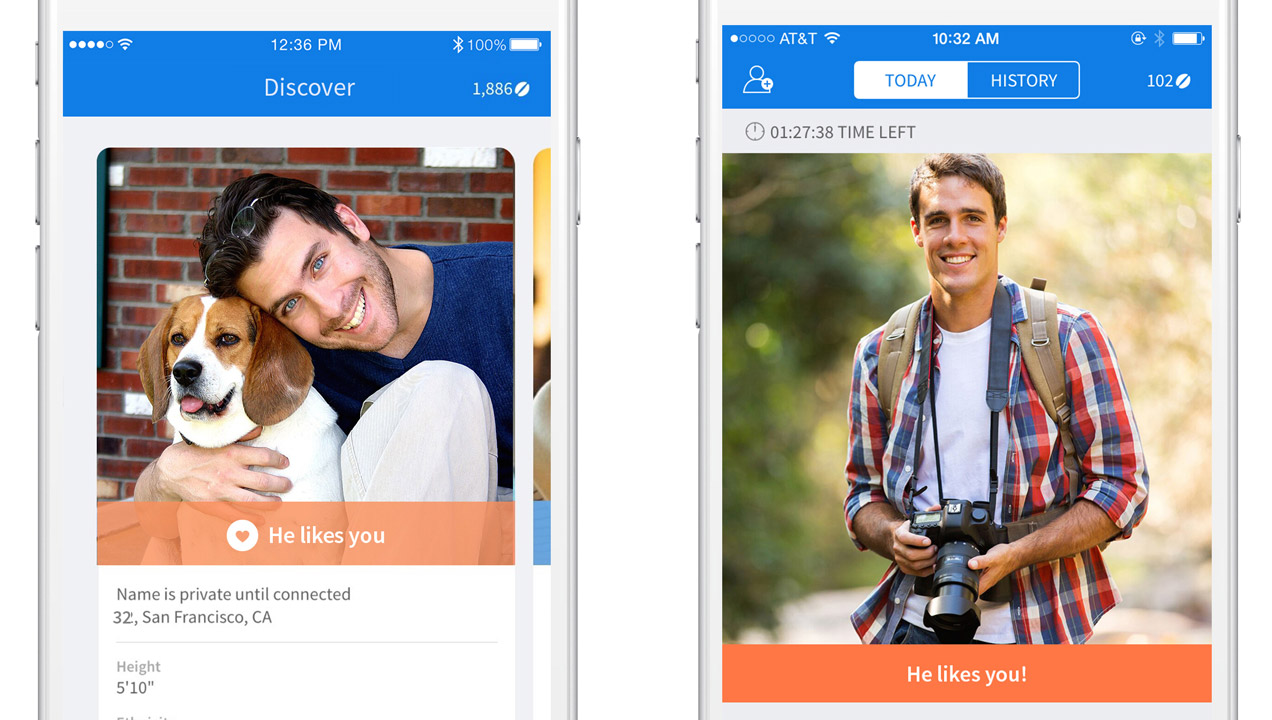The Data Dating Scene
The dating scene today is vastly different from a decade ago. Where before romantics relied on chance meetings in person or the dubious skills of a matchmaking service, the internet has now opened up whole new worlds of possibilities.
There are apps that will pair you up with the perfect partner based solely on your interests, dating websites to help farmers to find love and algorithms designed to eliminate every human being that you wouldn’t want to settle down with for the rest of your life from your computer screen. Sadly, one of the only things that hasn’t changed since the stone age is lying.
Everyone is guilty of little white lies. When we tell stories, we embellish the details and trim the parts that make us look bad. It is only natural that we want to present ourselves in the best way and recognising which parts of a conversation are light hearted deceit and which parts are true is a fundamental component of communication. It is human to lie, but at a certain point deception becomes more trouble than it is worth.

Coffee Meets Bagel ©
When someone is trying to get a date online, it might be tempting to Photoshop a picture, and to erase some of their less charming personality traits, but this comes with its own set of problems. Aside from potential partners feeling betrayed when they realise the truth, the false persona created will lack all of the depth and character of the real person, rendering it unattractive to those people who would genuinely be interested in dating them. From a digital perspective, the biggest problem is that a matching algorithm can’t work when they are fed incomplete or incorrect data.
When it is your job to gather data, the half truths that people tell to make themselves sound better often filter out the truth of who they really are and what they really do. Self-reporting has long been recognised as a biased research methodology without other information to back it up, but in this digital age, even the data that all of our technological devices gathers about us can only provide a partial view and relying on any one of source of information results in massively skewed results.
When it is your job to gather data, the half truths that people tell to make themselves sound better often filter out the truth of who they really are and what they really do.
Imagine you were to gather browsing data from the web-browser on someone’s computer to compose an image of them. It would be drastically different from the person that you would construct if you were to track them using their Smartphone’s GPS. If you were to track their spending habits online they could present a completely different picture from how they spend money in shops where they need to look the cashier in the eye.
We have all had the experience of an algorithm suggesting something completely inappropriate for us, be it a dating website, Netflix or elsewhere, but more often than not, the problem isn’t a bad algorithm, it is insufficient data. To get a complete picture of a person, you need to gather the data from all available sources together, walk in their shoes to understand their unique way of life, their relationship with the world around them – until you are left with the truth. Then you can date them.
